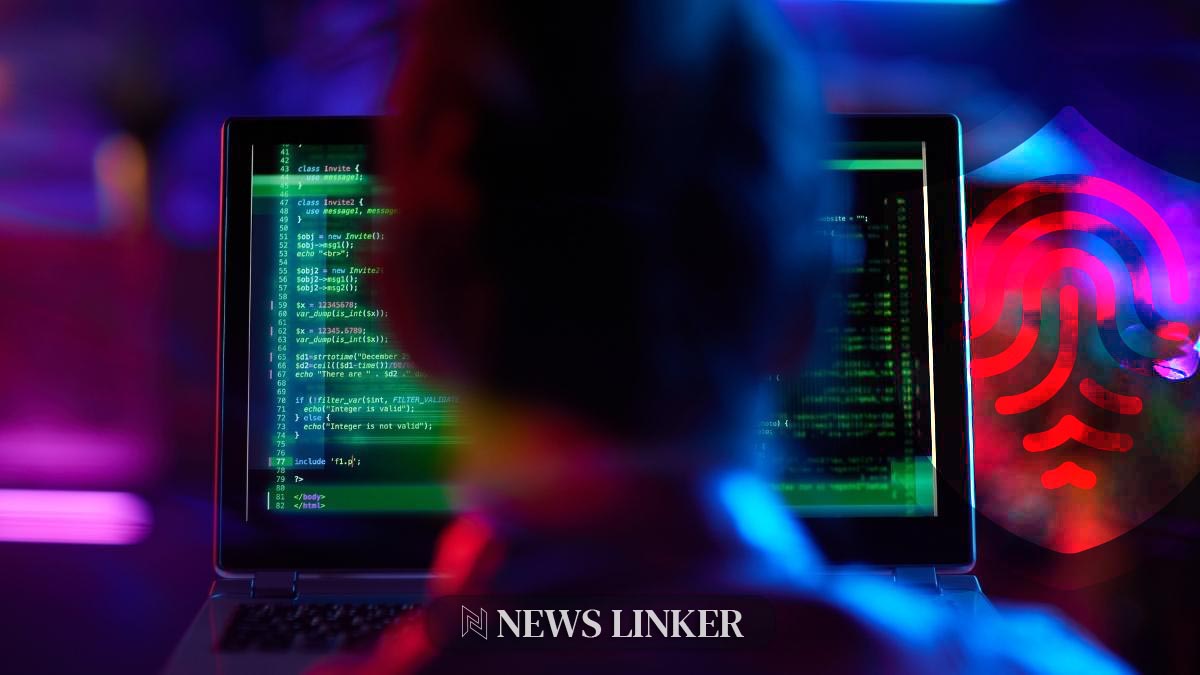In the rapidly evolving world of cyber threats, a new and sophisticated malware termed “Samurai Stealer” has emerged, signaling increased risks for organizations worldwide. Designed to penetrate deep into systems while evading detection, this malware specifically aims to extract sensitive data such as passwords and financial information from targeted entities. The identification of this malware marks a significant point in the cybersecurity landscape, showcasing the need for advanced defenses and heightened vigilance among IT security teams. Adding to the complexity is the malware’s ability to remain hidden, allowing cybercriminals extended periods to exploit the stolen data, which magnifies the potential damage to affected organizations.
The emergence of Samurai Stealer is not an isolated incident in the cybersecurity field; rather, it represents a continuation of the cat-and-mouse game between cyber defenders and attackers. Over the years, similar patterns have been observed where new malware emerges, prompting a swift response from the cybersecurity community. Each incident contributes to a broader understanding of how cyber threats evolve and what can be done to counteract these dangerous advancements. This continuous battle underscores the importance of staying updated on the latest cybersecurity measures and collaborates to forge a robust defense against such invasive threats.
How the “Samurai Stealer” Operates
Believed to be a potent form of trojan malware, Samurai Stealer cleverly bypasses traditional antivirus defenses, using sophisticated algorithms to pinpoint and siphon off valuable data. The stealth characteristic of this malware facilitates its operation under the radar, permitting the attackers extensive time to manipulate the compromised data to their advantage.
Targets and Tactics
Rather than a broad-based attack strategy, Samurai Stealer’s campaigns are highly calculated, focusing on specific industries and entities that promise substantial data payloads. Cybersecurity experts consider this malware a tool of espionage and corporate sabotage, leveraging techniques like spear-phishing and social engineering to maximize the success of its infiltration efforts.
Up-to-Date Security Measures
To counteract threats like Samurai Stealer, experts advocate for the persistent updating of security protocols and systems. Organizations are encouraged to conduct regular security audits and penetration tests to identify and address vulnerabilities. Additionally, employee education on recognizing phishing efforts plays a crucial role in defending against initial malware incursion.
Reviewing similar incidents, articles from sources like “Security Magazine” and “InfoSecurity Magazine” have reported on malware trends and prevention strategies. These articles emphasize the sophistication of recent cyber threats and the necessity for continuous adaptation in security practices to mitigate these evolving risks.
Recent scholarly research published in the “Journal of Cybersecurity” discusses the technical underpinnings and potential defense mechanisms against sophisticated malware types similar to Samurai Stealer. This research highlights the intricacies of cyber threats and the innovative approaches needed for effective cyber defenses.
Key Insights and Actions
- Regularly update all security software and systems.
- Educate employees about the risks and signs of phishing.
- Conduct thorough security audits and penetration testing routinely.
The unveiling of Samurai Stealer serves as a stark reminder of the persistent dangers lurking in the digital world. Cybersecurity is not just about defending against known threats but also about anticipating new ones. As cybercriminals continue to refine their strategies, the collective effort and shared knowledge within the cybersecurity community become invaluable assets in this ongoing battle. Organizations must not only focus on fortifying their defenses but also on fostering a culture of cybersecurity awareness and resilience.










